Home>Gardening & Outdoor>Outdoor Entertaining>How Hot Does A Fire Pit Get
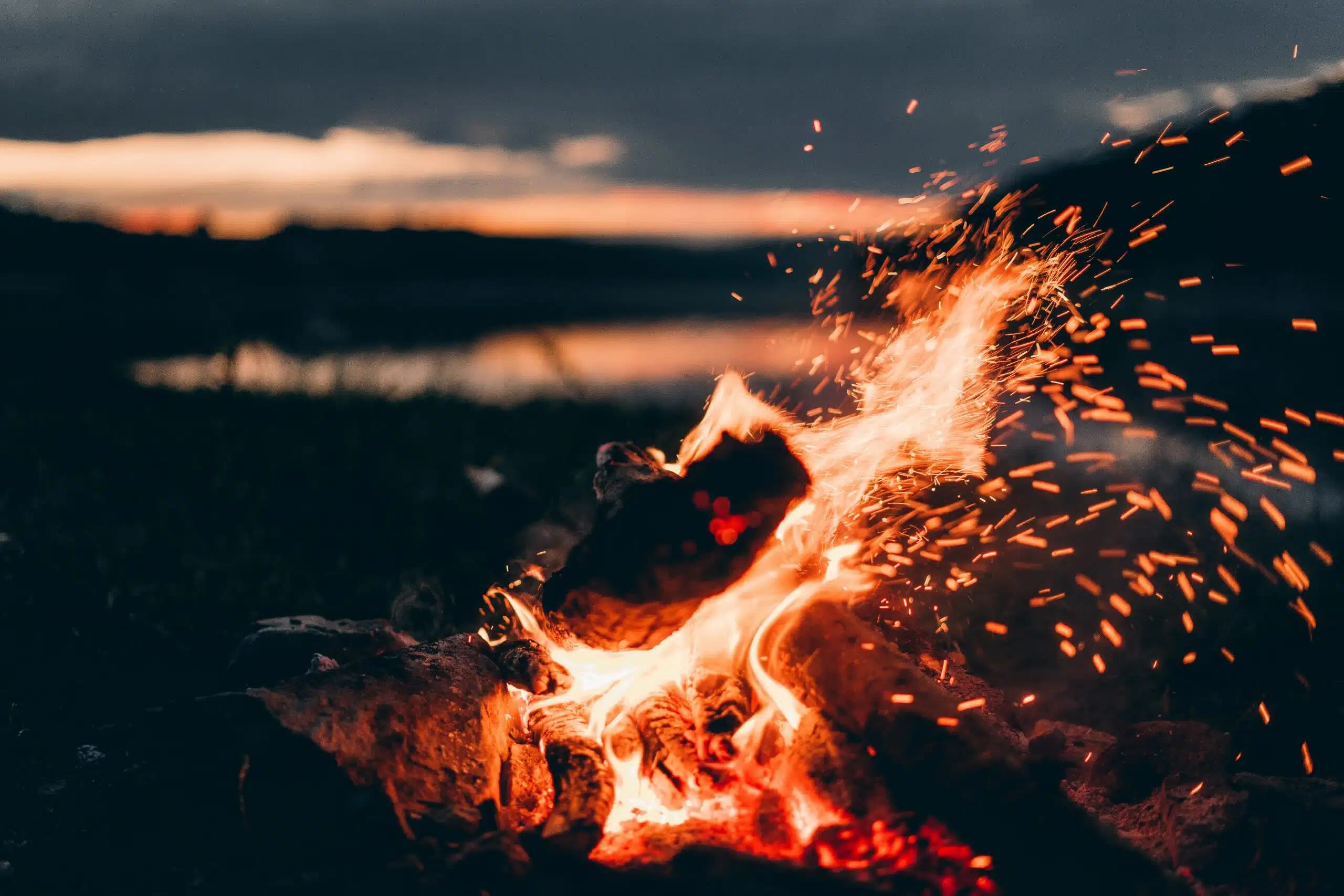

Outdoor Entertaining
How Hot Does A Fire Pit Get
Modified: September 2, 2024
Discover the perfect outdoor entertaining experience with our guide on how hot a fire pit gets. Create a cozy atmosphere while staying safe and comfortable. Ideal for gatherings and relaxation.
(Many of the links in this article redirect to a specific reviewed product. Your purchase of these products through affiliate links helps to generate commission for Storables.com, at no extra cost. Learn more)
Introduction
So, you're thinking about adding a fire pit to your outdoor space. Whether it's for cozy gatherings with friends, toasting marshmallows with the family, or simply enjoying a quiet evening under the stars, a fire pit can be a fantastic addition to any backyard. But have you ever wondered just how hot a fire pit can get? Understanding the temperatures that a fire pit can reach is not only fascinating but also crucial for ensuring safety and making the most of your outdoor entertaining experience.
In this article, we'll delve into the world of fire pit temperatures, exploring the factors that influence how hot a fire pit can get and providing essential safety considerations. By the end, you'll have a comprehensive understanding of fire pit heat, empowering you to enjoy your outdoor space to the fullest while keeping safety a top priority. So, let's embark on this journey to uncover the fiery secrets of fire pit temperatures!
Key Takeaways:
- Fire pits can reach temperatures of 800-1,200°F with wood and 500-900°F with gas. Understanding these heat levels helps you choose the right fire pit for your outdoor space and stay safe.
- Factors like fuel type, airflow, and design influence fire pit heat. Knowing these factors empowers you to create a cozy and safe outdoor entertaining area.
Read more: How To Get A Fire Pit At Huntington Beach
Understanding Fire Pit Temperatures
Fire pits can generate a wide range of temperatures, influenced by various factors such as fuel type, airflow, and design. The heat produced by a fire pit is measured in British Thermal Units (BTUs), which quantify the amount of heat energy released. A typical wood-burning fire pit can reach temperatures ranging from 800 to 1,200 degrees Fahrenheit, while gas fire pits generally operate at lower temperatures, typically between 500 and 900 degrees Fahrenheit.
It’s important to note that the temperature near the flames is significantly higher than the ambient temperature a few feet away. For instance, while the flames themselves can exceed 1,000 degrees Fahrenheit, the immediate surrounding area may experience temperatures of 500 to 600 degrees Fahrenheit. Understanding these temperature variations is crucial for ensuring safety and determining the appropriate distance for seating and other flammable materials.
Furthermore, the type of fuel used in a fire pit significantly impacts the generated heat. Wood-burning fire pits produce intense heat due to the combustion of wood, which releases substantial energy. On the other hand, gas fire pits, fueled by propane or natural gas, offer more controlled and consistent heat output, making them ideal for environments where high temperatures are not necessary.
By understanding the temperatures that fire pits can reach and the varying heat outputs of different fuel types, you can make informed decisions when selecting a fire pit for your outdoor space. Whether you prefer the crackling ambiance of a wood-burning fire or the convenience of a gas fire pit, being aware of the potential heat levels allows you to tailor your outdoor entertaining experience to your preferences and needs.
Factors Affecting Fire Pit Heat
The heat output of a fire pit is influenced by several key factors, each playing a significant role in determining the intensity and consistency of the generated heat. Understanding these factors is essential for maximizing the performance of your fire pit and ensuring a safe and enjoyable outdoor entertaining experience.
- Fuel Type: The type of fuel used in a fire pit is a primary determinant of the heat it produces. Wood-burning fire pits, fueled by logs or wood pellets, can generate intense heat due to the combustion of organic matter. On the other hand, gas fire pits, powered by propane or natural gas, offer controlled heat output, allowing for adjustable flame levels and consistent temperatures.
- Airflow: The airflow within a fire pit significantly impacts its heat output. Adequate ventilation is crucial for promoting efficient combustion and sustaining high temperatures. Fire pits with well-designed airflow systems can achieve optimal heat production, ensuring a robust and consistent flame.
- Design and Materials: The design and materials of a fire pit play a vital role in heat retention and distribution. Fire pits constructed from heat-resistant materials, such as steel or cast iron, can effectively contain and radiate heat, optimizing the overall warmth provided. Additionally, the shape and size of the fire pit influence how heat is dispersed, affecting the surrounding area’s temperature.
- Altitude and Weather Conditions: Environmental factors, such as altitude and weather conditions, can impact fire pit heat. At higher altitudes, where the air is thinner, combustion may occur differently, affecting heat production. Likewise, windy conditions can accelerate the rate of fuel consumption and alter the flame’s behavior, influencing the heat output.
By considering these factors, you can make informed decisions when selecting and operating a fire pit, tailoring your choice to your specific outdoor entertaining needs. Whether you prioritize intense heat for chilly evenings or seek a more controlled and consistent flame, understanding the influences on fire pit heat empowers you to create an inviting and comfortable outdoor environment.
A fire pit can reach temperatures of up to 1,200 degrees Fahrenheit, so it’s important to keep a safe distance and never leave it unattended. Always use caution and follow safety guidelines when using a fire pit.
Safety Considerations
When it comes to enjoying a fire pit, safety should always be a top priority. Understanding the potential hazards and implementing precautionary measures are essential for creating a secure and worry-free outdoor entertaining space. By adhering to safety guidelines and exercising caution, you can fully appreciate the warmth and ambiance of a fire pit while minimizing risks.
- Clearance and Placement: Positioning your fire pit in a suitable location is crucial for safety. Ensure that the area surrounding the fire pit is clear of flammable materials, such as overhanging branches, dry grass, and combustible furniture. Maintain a safe distance between the fire pit and any structures or foliage to prevent accidental fires.
- Supervision: Never leave a fire pit unattended, especially when it is in use. Assign a responsible adult to oversee the fire pit at all times, ensuring that it is properly managed and that safety protocols are followed. Supervision is particularly vital when children or pets are present.
- Extinguishing the Fire: Always have a means of extinguishing the fire readily available, such as a fire extinguisher, bucket of sand, or garden hose. Before leaving the fire pit unattended, ensure that the flames are fully extinguished and the embers are no longer smoldering.
- Heat Exposure: Educate guests and family members about the potential heat levels near the fire pit. Establish a safe perimeter around the fire pit to prevent accidental contact with the hot surfaces, reducing the risk of burns.
- Fuel Handling: If you have a wood-burning fire pit, exercise caution when adding fuel to the fire. Avoid overloading the fire pit with wood, as excessive fuel can lead to uncontrollable flames and excessive heat. Follow the manufacturer’s guidelines for fuel usage and never use flammable liquids to ignite the fire.
By prioritizing safety and implementing these considerations, you can create a welcoming and secure environment for enjoying your fire pit. Whether you’re hosting a gathering or simply unwinding by the flames, a conscientious approach to fire pit safety ensures that your outdoor entertaining experiences are both enjoyable and risk-free.
Conclusion
As we conclude our exploration of fire pit temperatures and safety considerations, it’s evident that understanding the dynamics of fire pit heat is essential for creating a captivating and secure outdoor entertaining space. By recognizing the factors that influence fire pit temperatures, such as fuel type, airflow, and design, you can make informed decisions when selecting a fire pit that aligns with your preferences and needs. Whether you opt for the intense warmth of a wood-burning fire pit or the controlled heat of a gas fire pit, your awareness of these factors empowers you to curate memorable outdoor experiences.
Moreover, prioritizing safety considerations is paramount for fostering a worry-free environment around your fire pit. By adhering to clearance guidelines, maintaining supervision, and exercising caution with fuel handling, you can enjoy the enchanting allure of a fire pit while mitigating potential risks. Embracing these safety measures ensures that your outdoor gatherings and quiet evenings by the fire are both delightful and secure for everyone involved.
So, as you embark on your fire pit journey, may your outdoor space be adorned with the inviting glow and comforting warmth of a well-tended fire. Whether it’s the crackling of wood or the gentle flicker of gas flames, your fire pit is poised to become a focal point of relaxation and conviviality, offering cherished moments and lasting memories under the open sky.
With a blend of knowledge, safety consciousness, and a touch of creativity, your fire pit endeavors are destined to kindle joy and camaraderie in the heart of your outdoor haven.
Frequently Asked Questions about How Hot Does A Fire Pit Get
Was this page helpful?
At Storables.com, we guarantee accurate and reliable information. Our content, validated by Expert Board Contributors, is crafted following stringent Editorial Policies. We're committed to providing you with well-researched, expert-backed insights for all your informational needs.
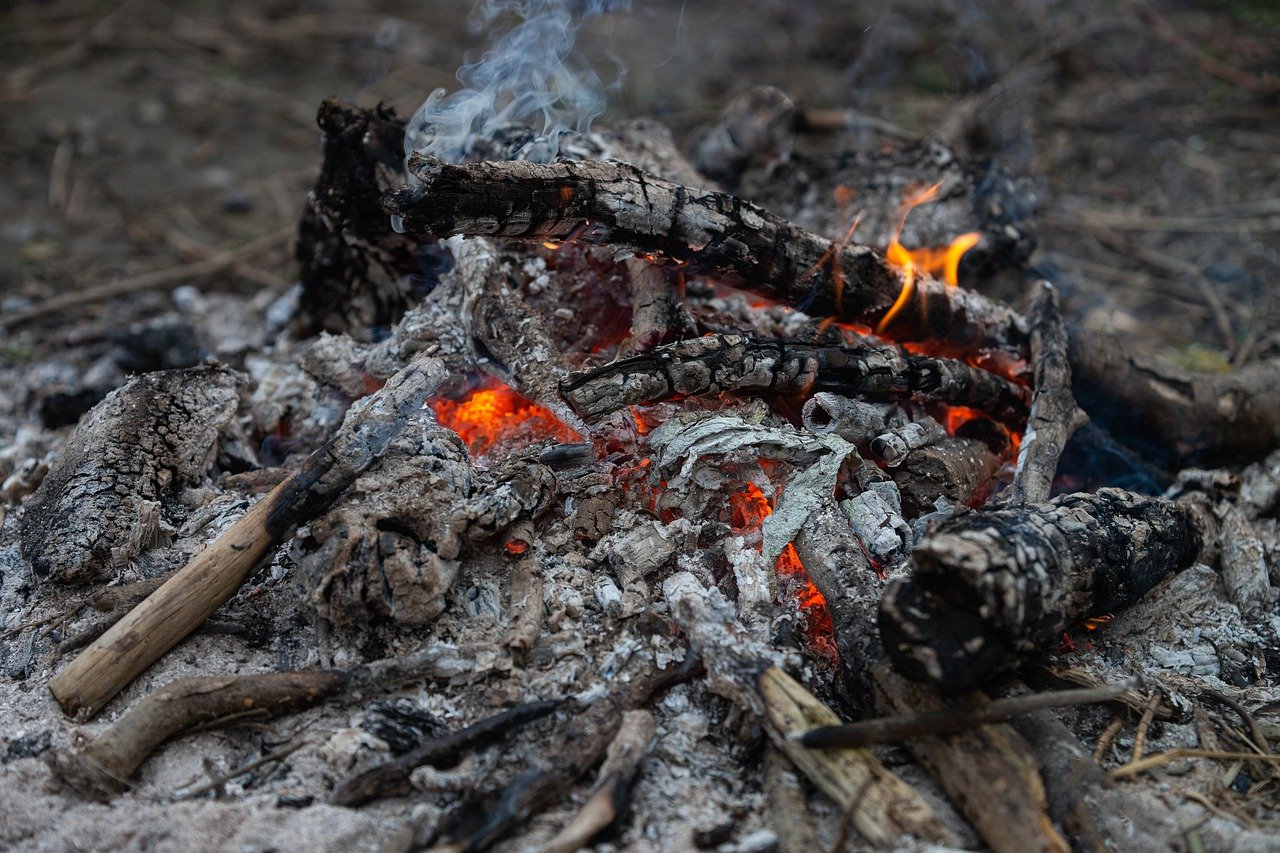
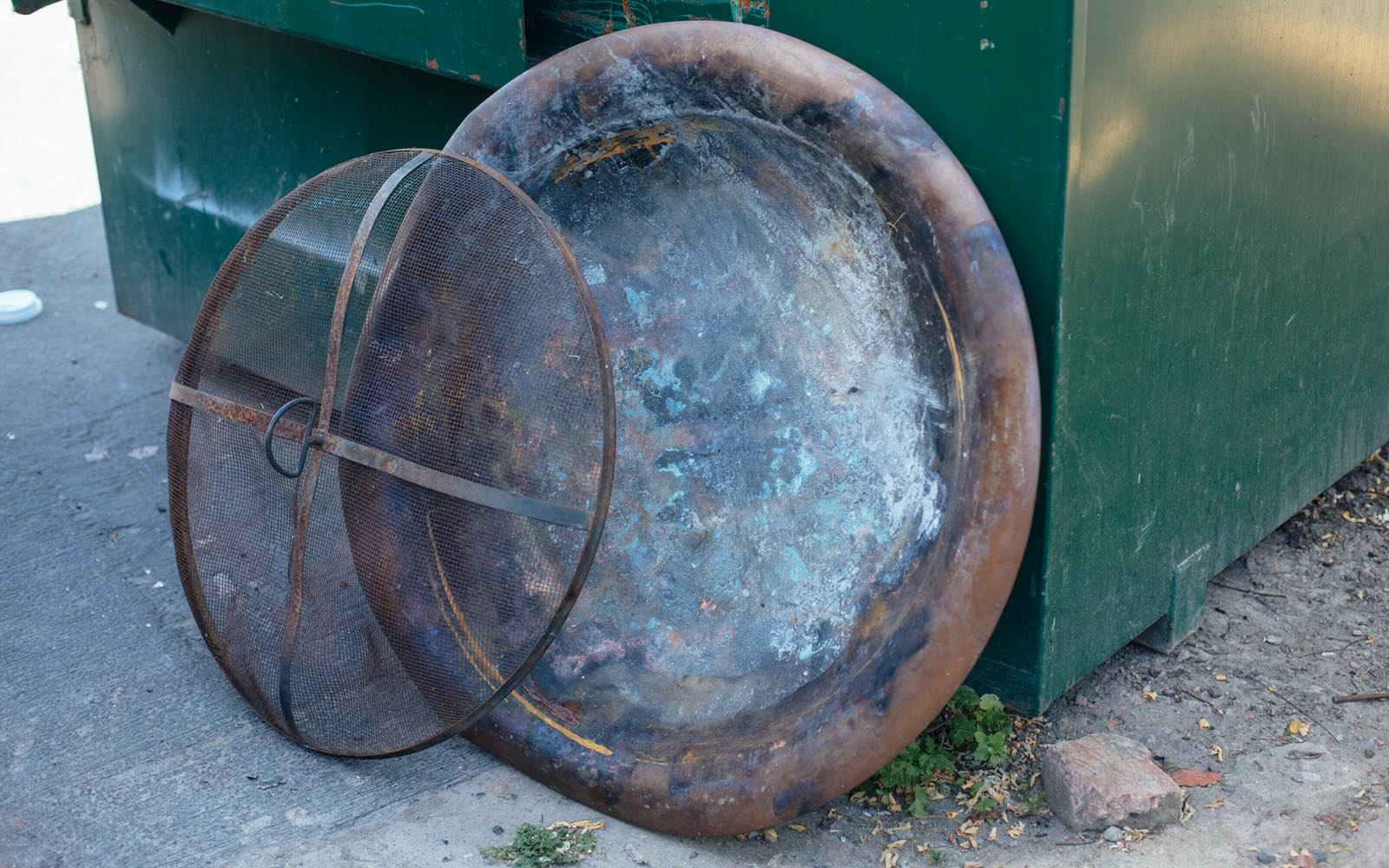
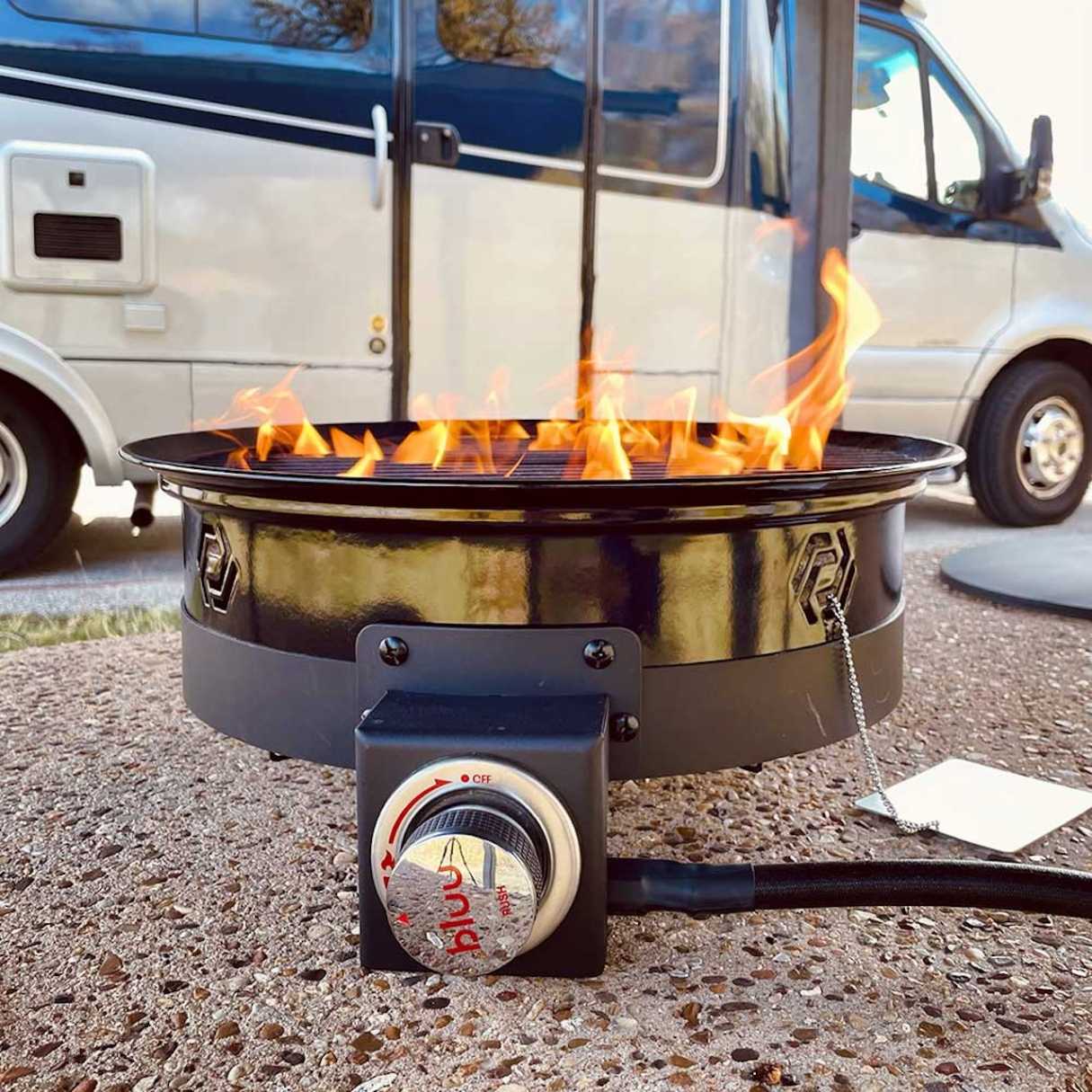
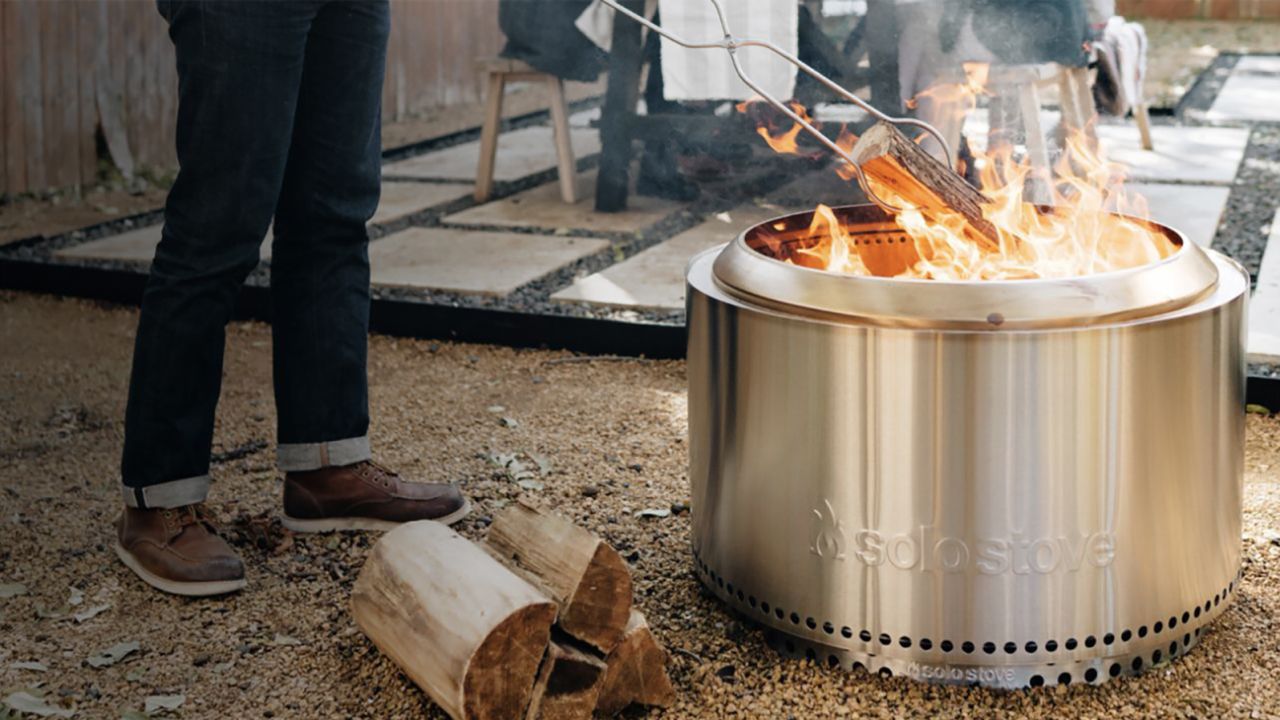
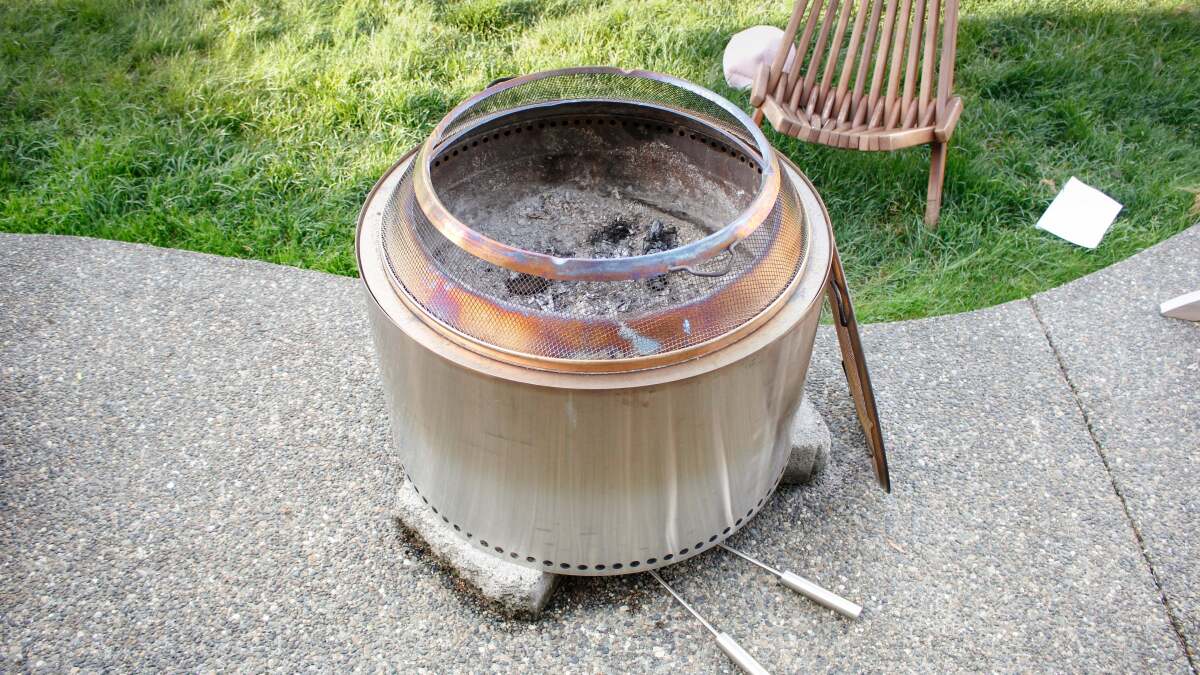
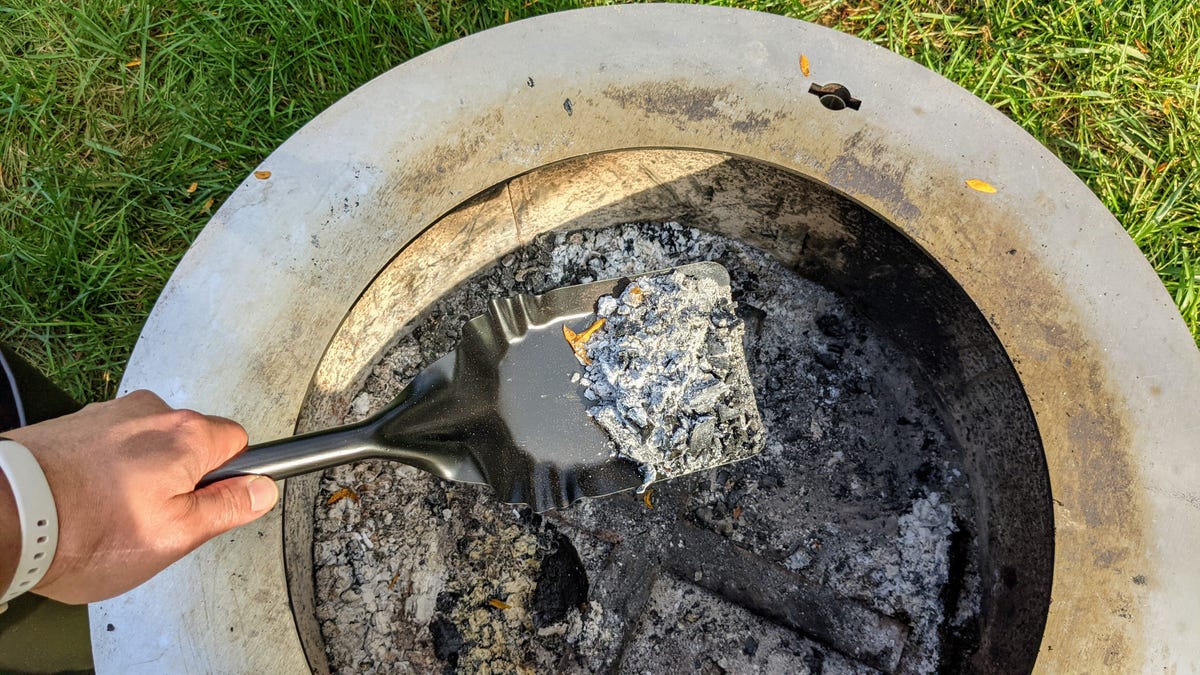
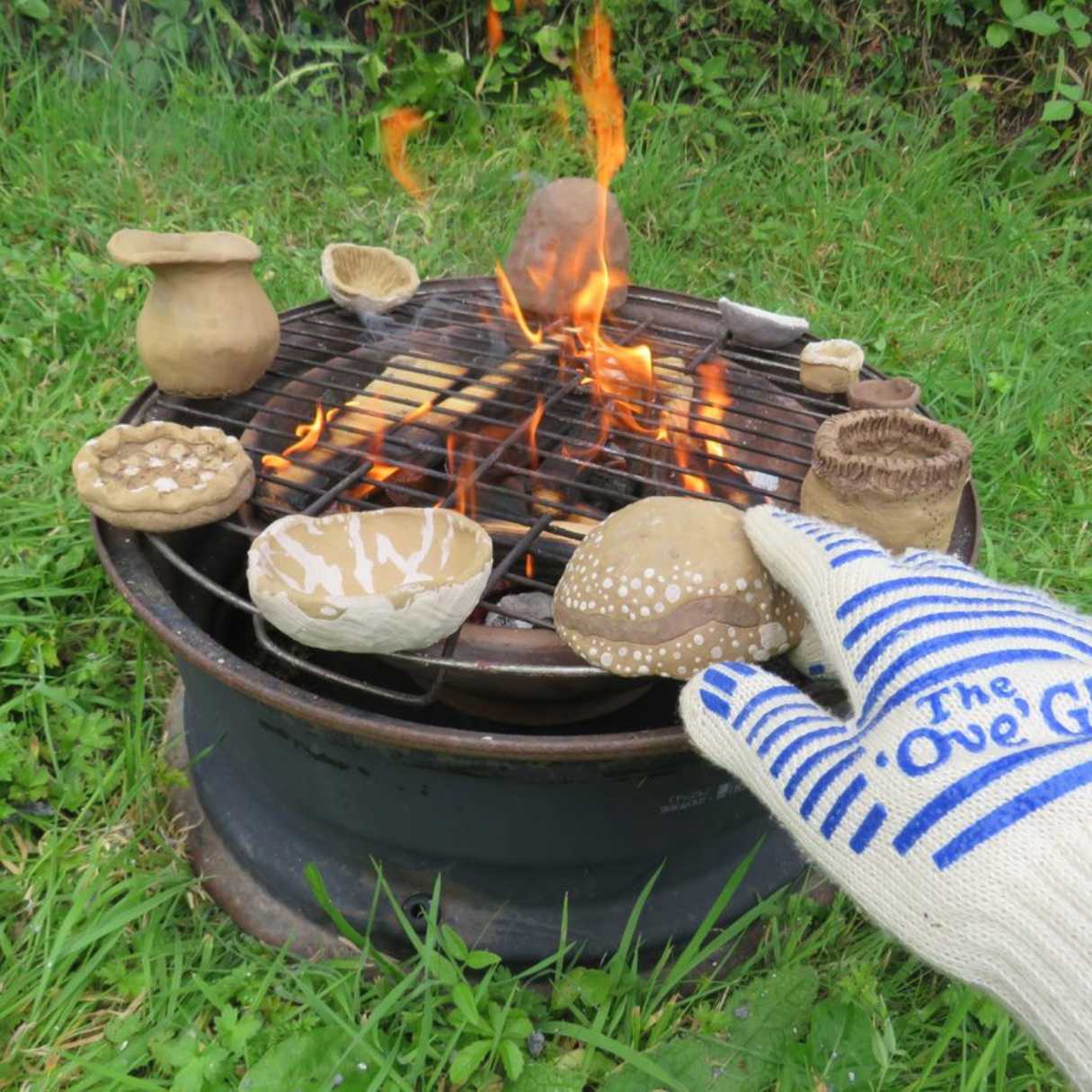
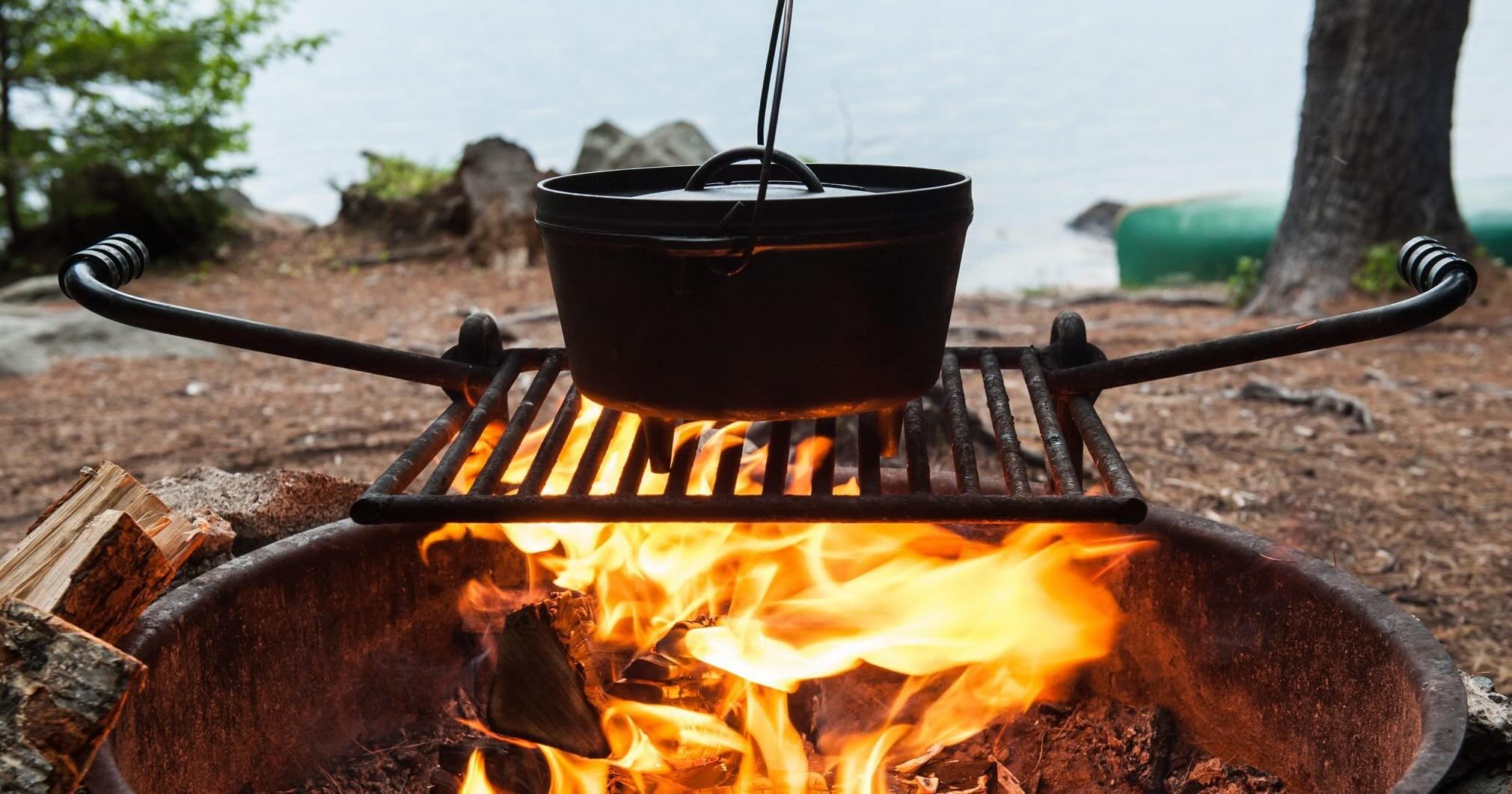
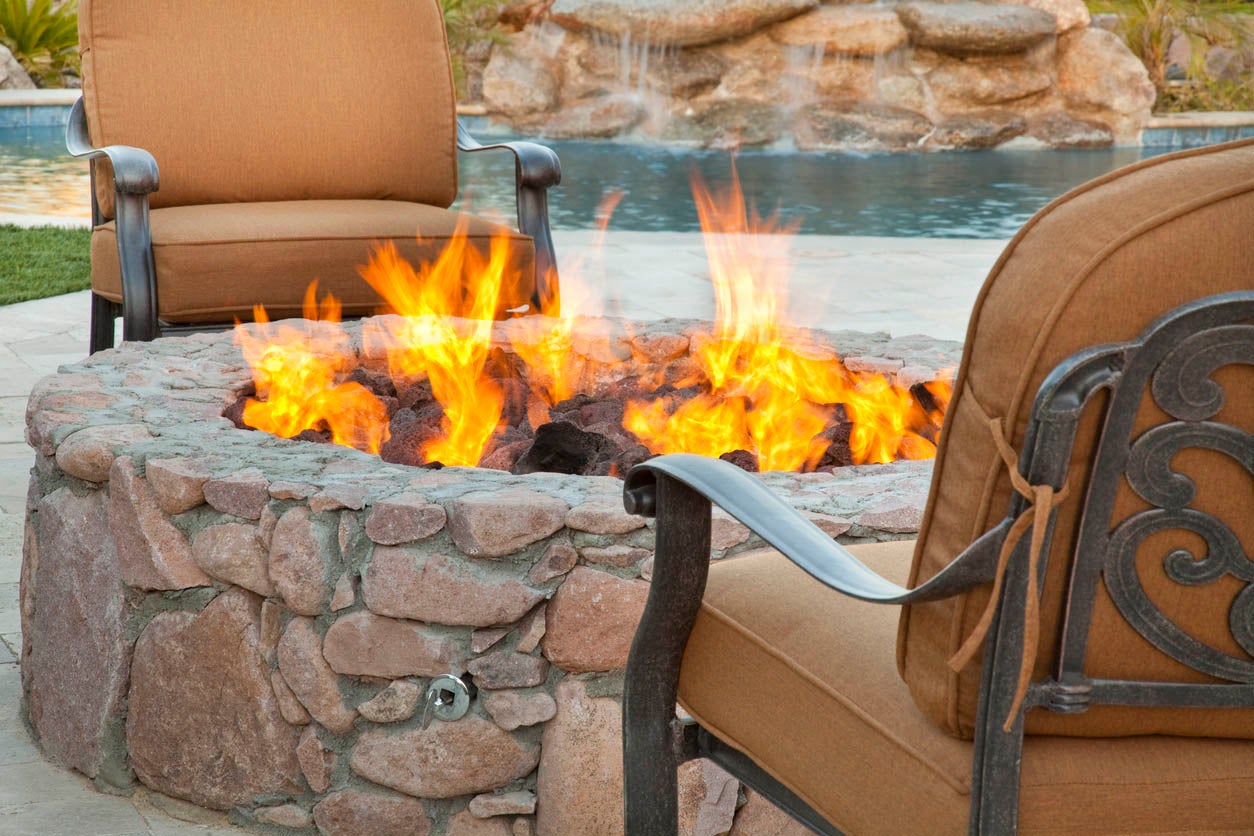
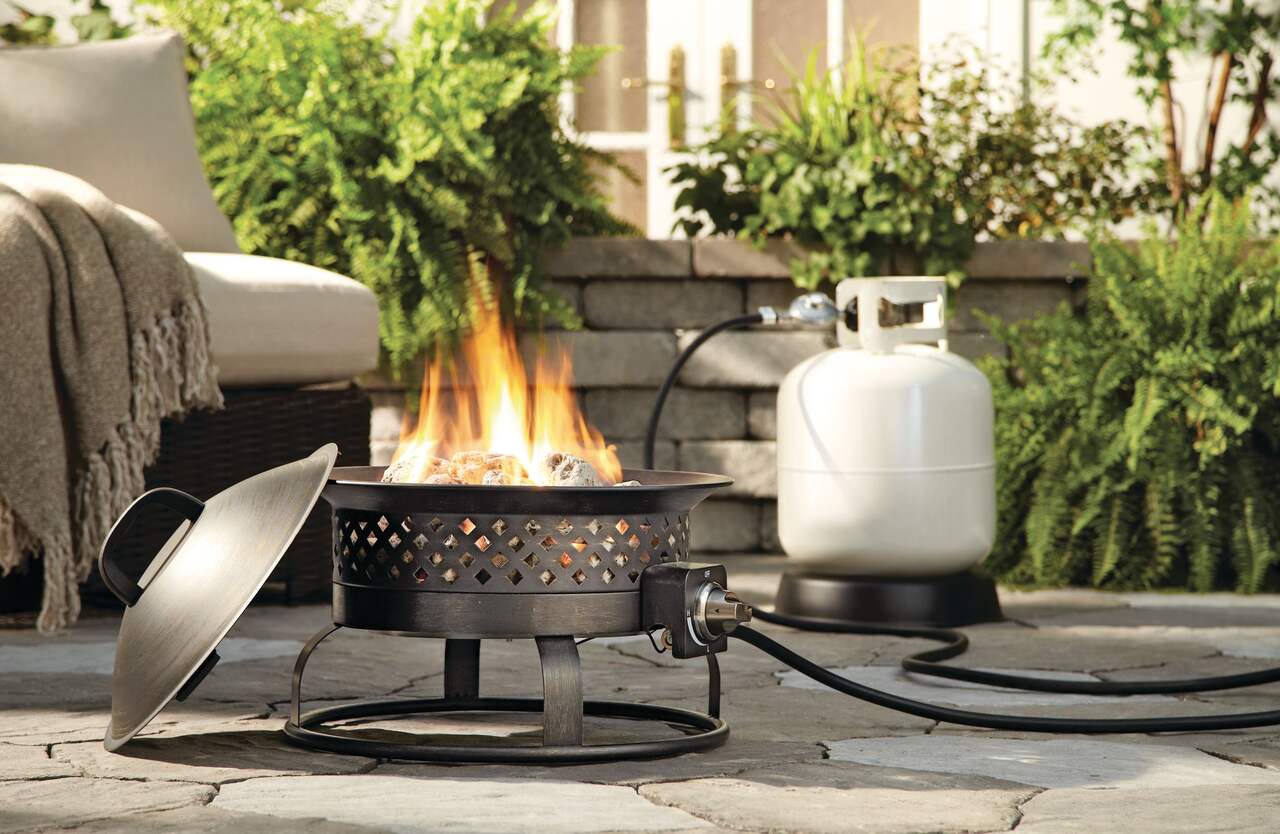
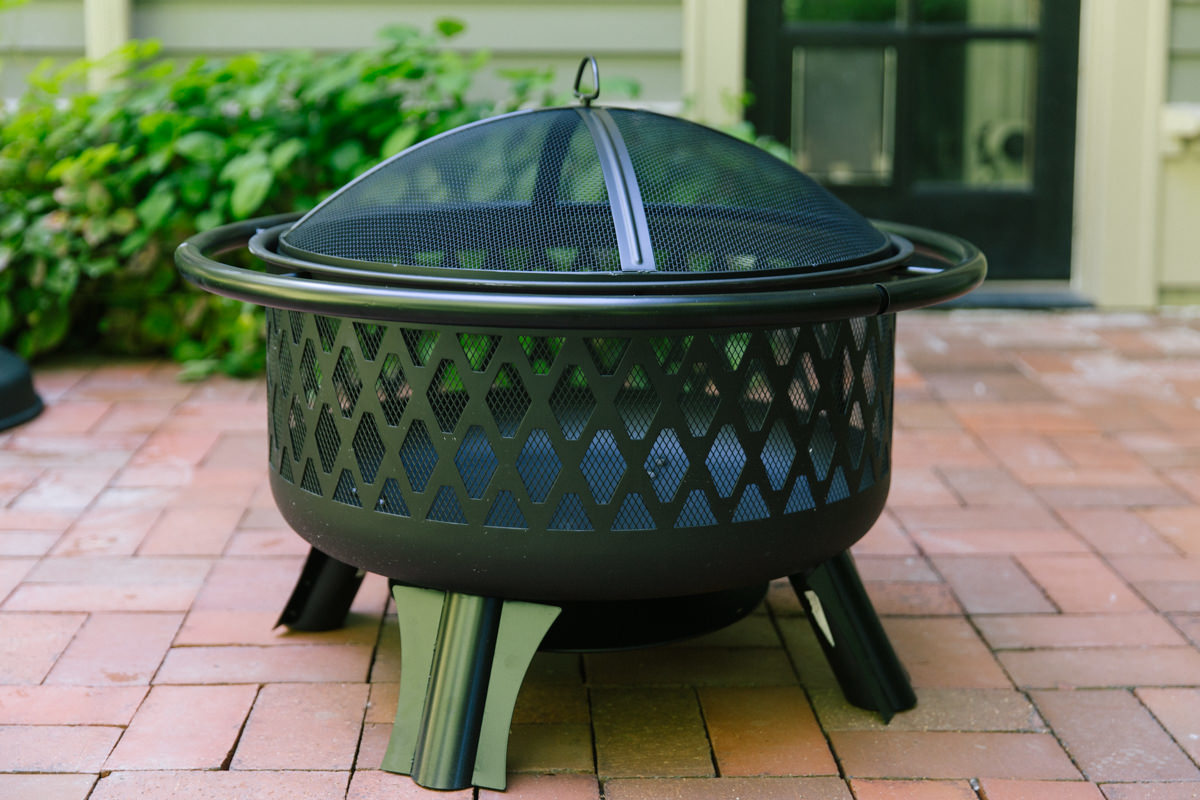
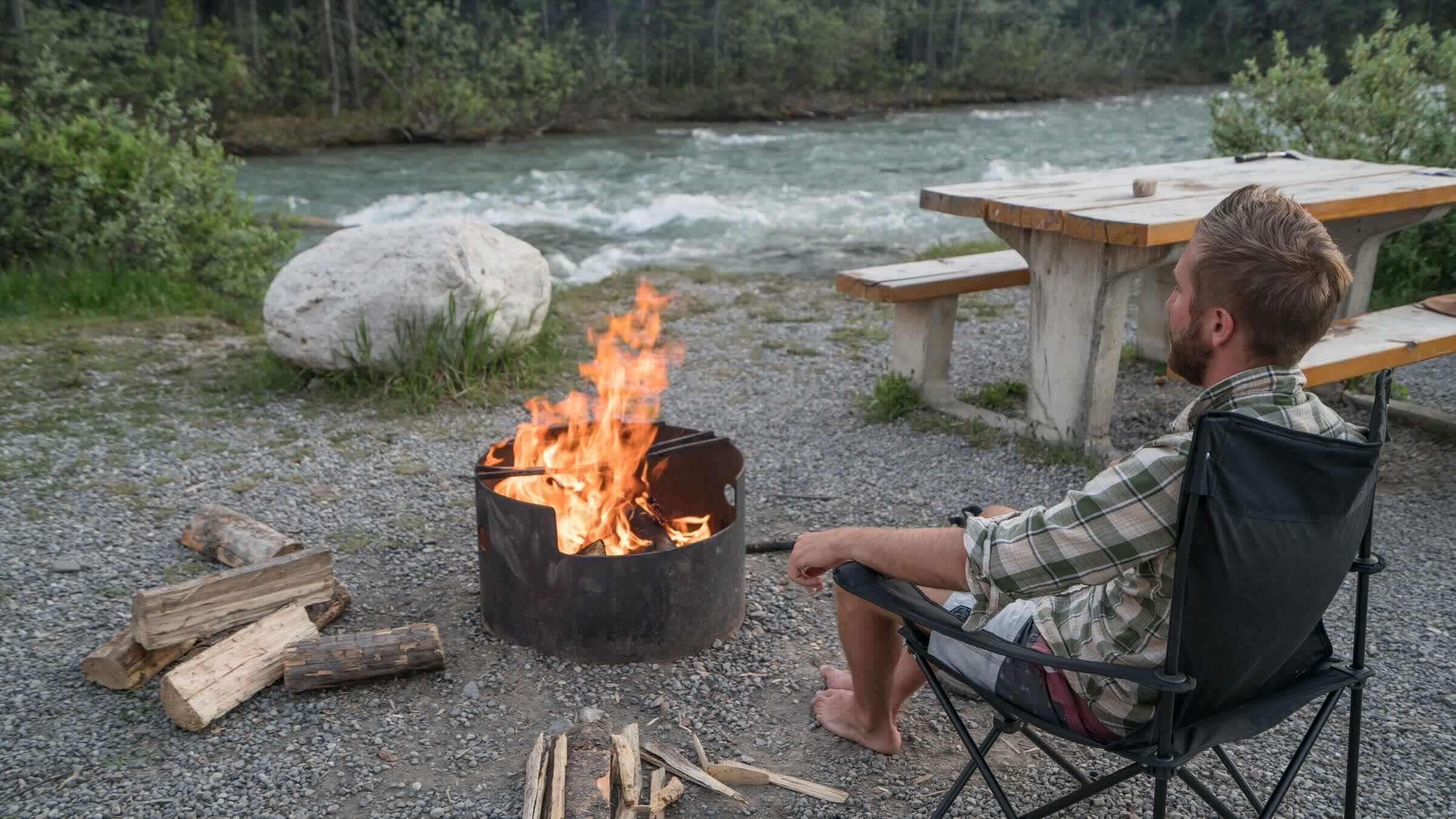
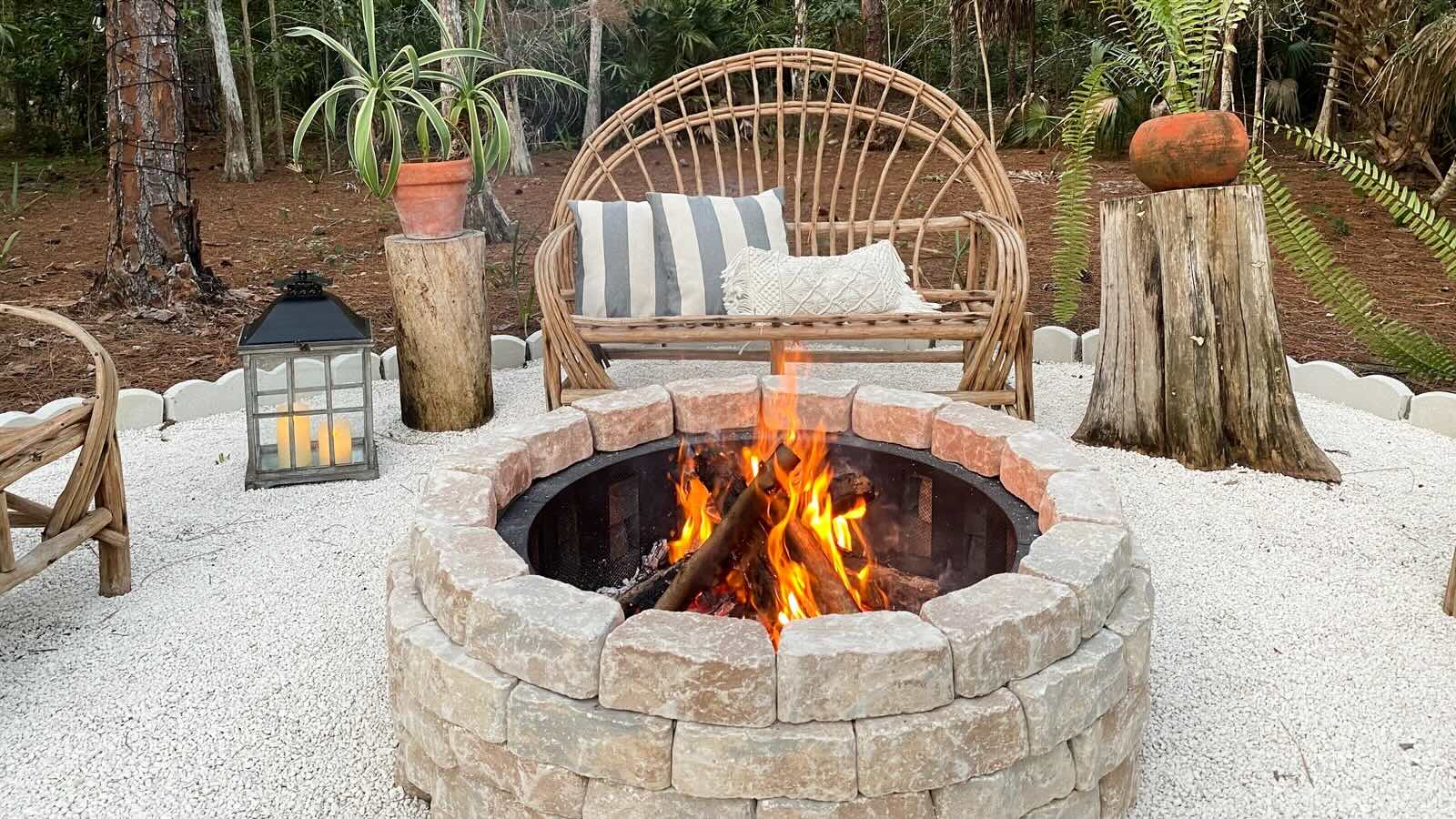
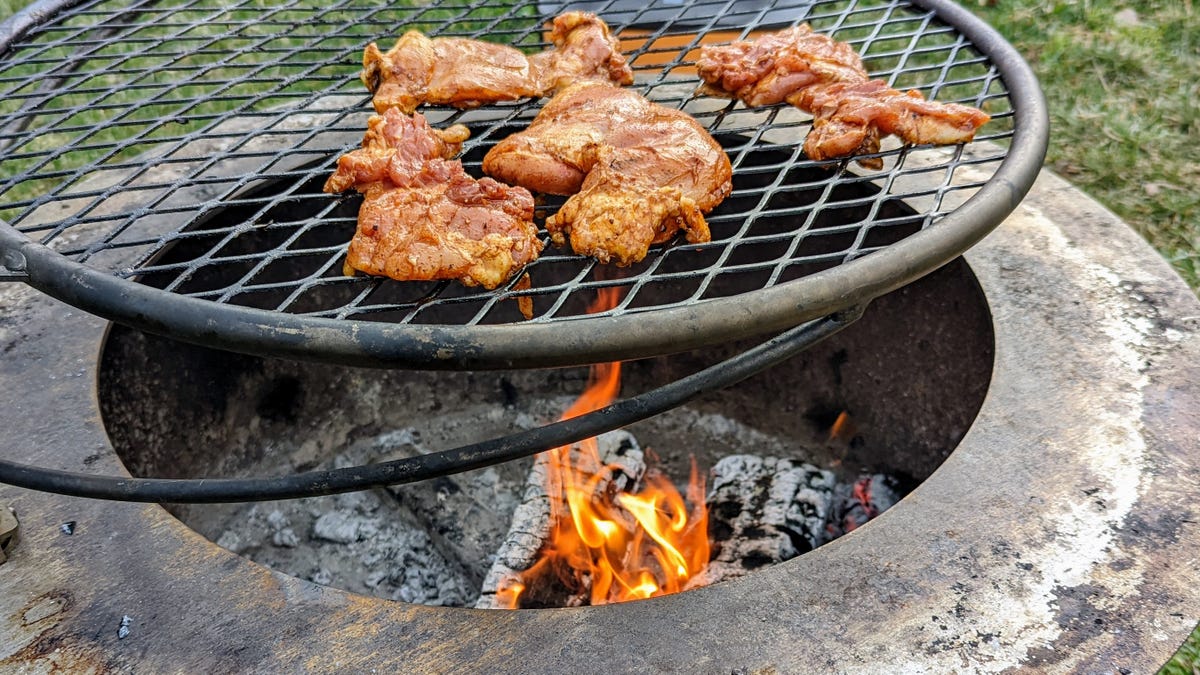
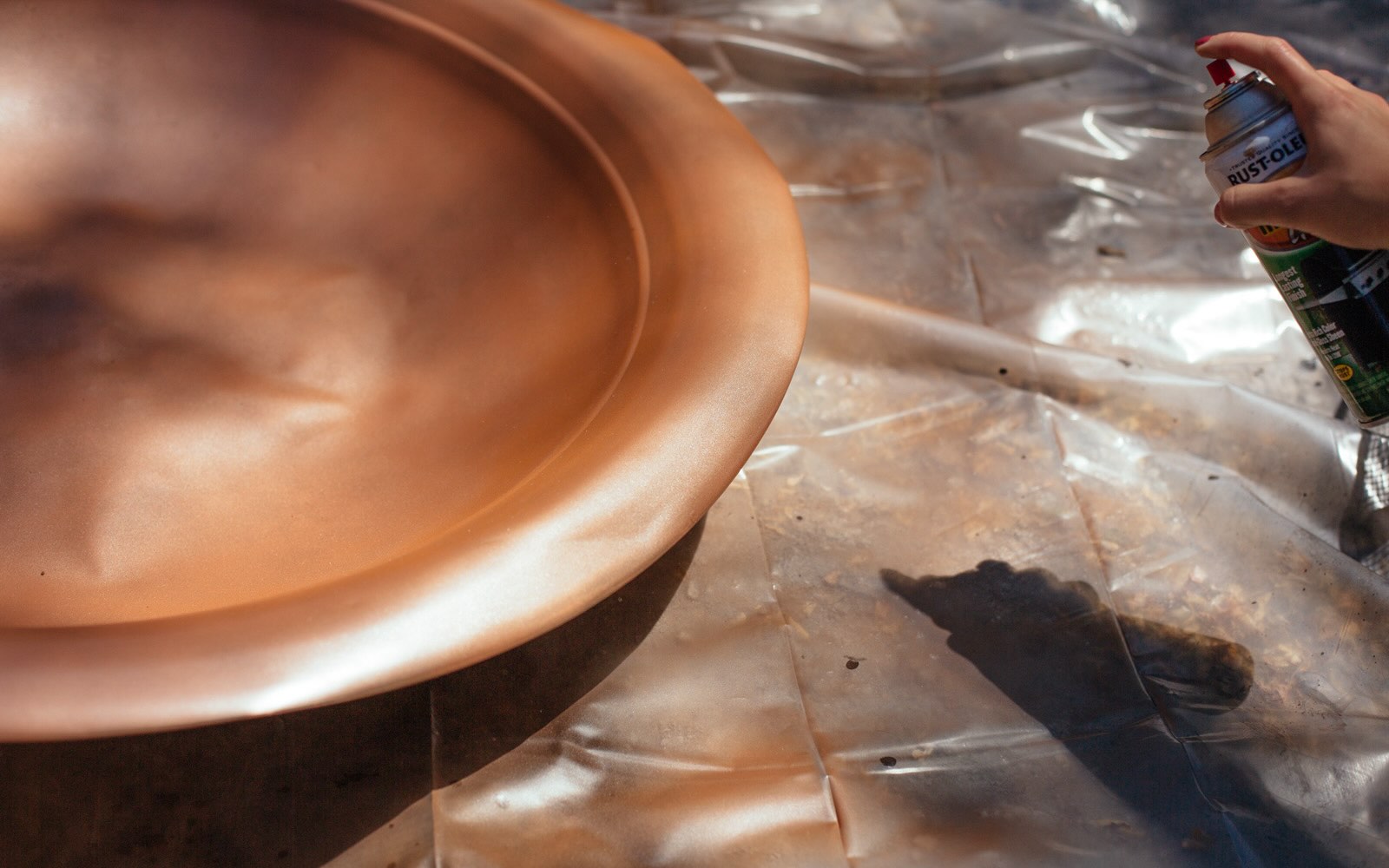

0 thoughts on “How Hot Does A Fire Pit Get”